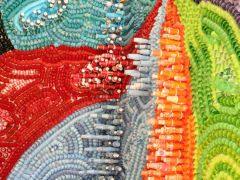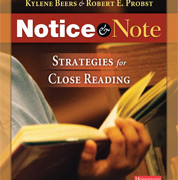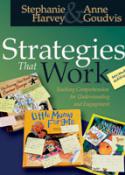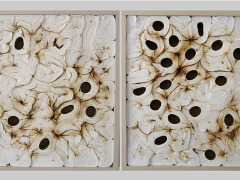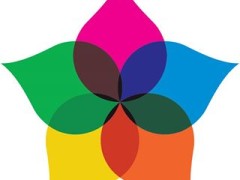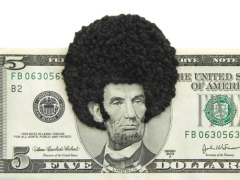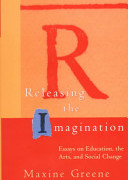
Artistic Thinking Bookshelf: Releasing the Imagination
Reflections and Guiding Principles for Cultivating Social Imagination in the Classroom Maxine Greene’s Releasing the Imagination: Essays on Education, the Arts, and Social Change (Jossey-Bass Inc., 1995)… Read More

